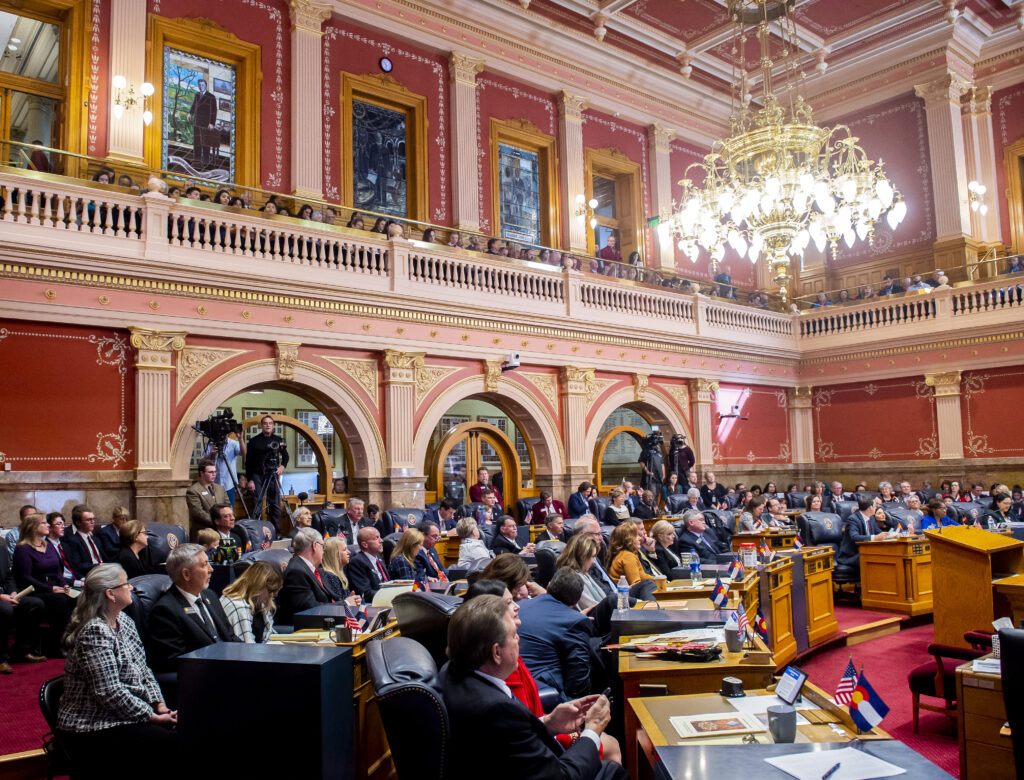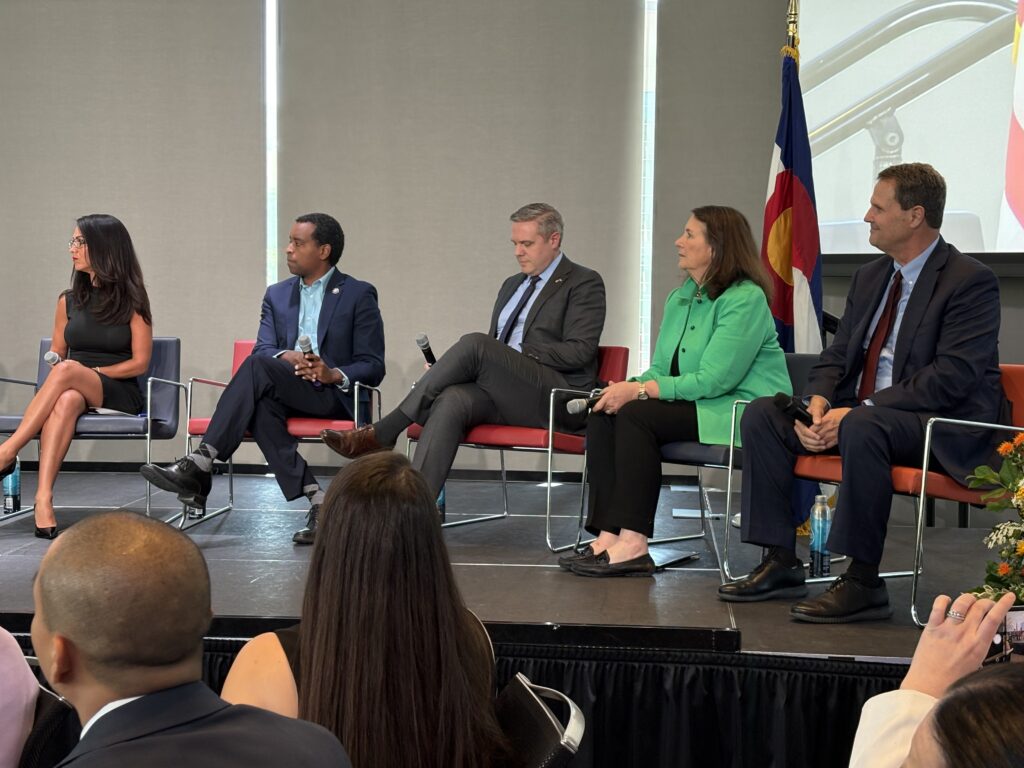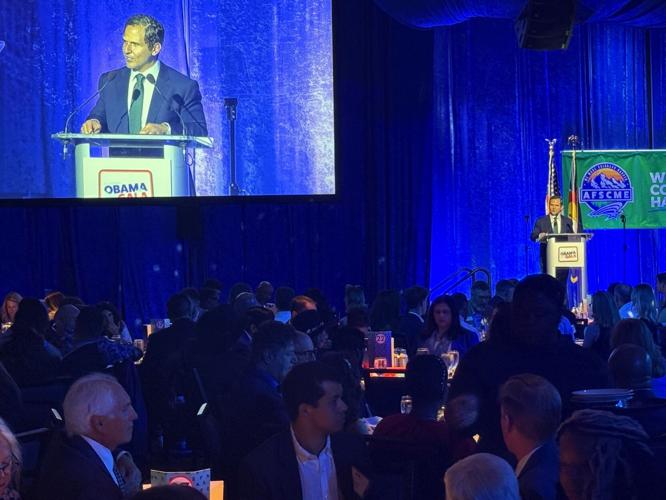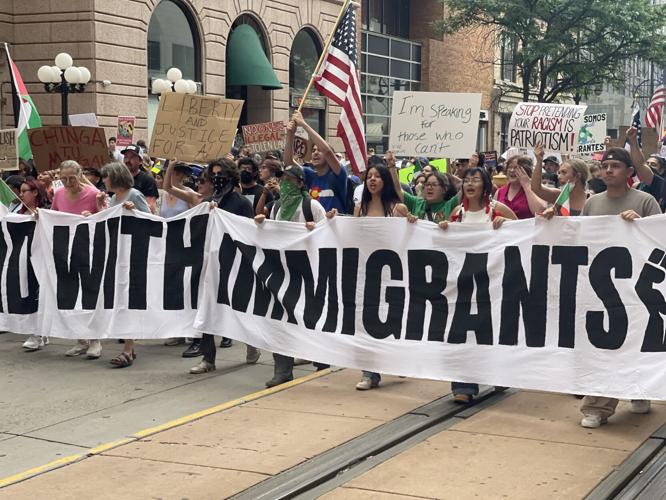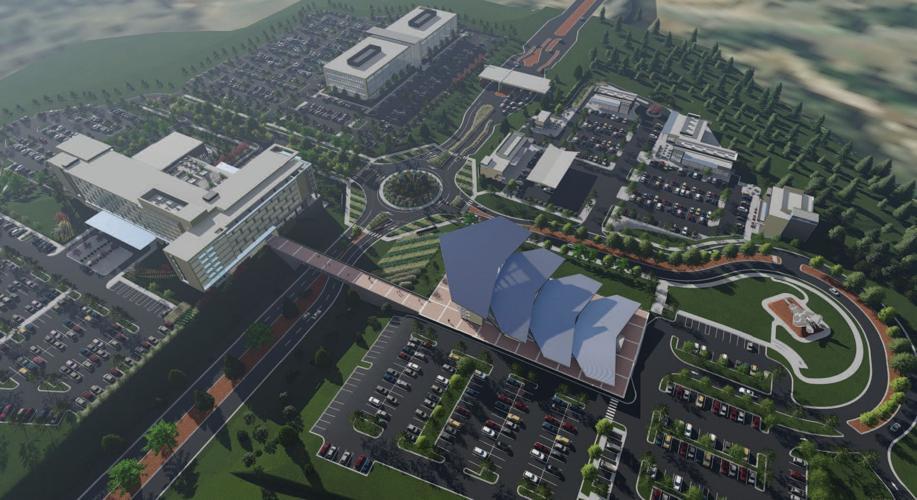Colorado allocated $9.7M in FEMA funding for illegal immigration crisis, less than last year’s allocation
The Biden administration has allocated less money to Colorado in the latest round of federal funding for the illegal immigration crisis that Denver officials have struggled to respond to and which has cost the city tens of millions of dollars.
And just like year, other cities are poised to get more funding than Denver.
The Federal Emergency Management Agency set aside $9.7 million for Colorado, which is split evenly between the city of Denver and the state, FEMA data shows.
Last fiscal year, Colorado entities received more — $10.6 million. Denver’s share was about $9 million.
“Every cent counts and we appreciate it,” said Jon Ewing, a spokesperson for the Denver Human Services.
Denver Human Services has been managing the humanitarian response since the city lifted its emergency declarations.
“At the same time, we will continue to call on additional federal funding, coordination and expanded access to work authorization,” Ewing told The Denver Gazette Wednesday.
FEMA’s Shelter and Services Program helps offset the costs associated with serving the immigrants who arrived in Denver after crossing the border illegally. Colorado must apply for the funding in order to get its share of the allocation.
Denver voters have blamed the Biden administration, Denver’s immigrant policies and Texas Gov. Greg Abbott’s busing campaign to so-called “sanctuary cities” in Democratic strongholds. Starting in the spring of 2022, Abbott has bused more than 117,000 immigrants — including more than 18,000 to Denver — out of Texas to six cities.
Officials in El Paso, Texas, however, have pointed the finger at free shelter and tickets for onward travel in Denver as a major draw for the immigrants. Denver recently doubled down on those policies by offering immigrants, at taxpayers’ expense, six months of rental, food and utility assistance, a computer, prepaid cell phone and metro bus passes.
Of the cities Abbott has bused immigrants to, Denver has received the most per capita.
The Republican governor’s busing program has sent immigrants to so-called “sanctuary cities” in six Democratic strongholds: Chicago, Denver, Los Angeles, Philadelphia, New York City and Washington DC.
Generally speaking, a sanctuary city is one that establishes policies to discourage local law enforcement from reporting an individual’s immigration status.
Comparisons are challenging.
Only Chicago and Denver post daily updates on the number of new arrivals. Both cities report receiving a comparable number, about 42,000 immigrants. But the $9.6 million Chicago received is roughly twice the funding of Denver.
New York City received the most funding at $38.8 million.
Excluding Los Angeles, which received no FEMA funding, Denver received the least.
Last fiscal year, the U.S. Department of Homeland Security provided $363.8 million — roughly $63.4 million more than this year’s awards — for non-federal entities to off-set costs from immigrant arrivals.
No one believes the award amounts are nearly enough.
Denver Mayor Mike Johnston and others have said that they had pinned their financial hopes on the bipartisan bill that Republicans walked away from earlier this year.
That bill sought to shave the record number of illegal border crossings by giving Homeland Security temporary expulsion authority when encounters exceed certain thresholds. It would have allocated $1.4 billion in funding to interior cities like Denver.
Regardless of who has occupied the White House or held the levers of powers in Congress, neither Democrats nor Republicans have successfully passed a comprehensive solution to the country’s illegal immigration crisis.
In Colorado, officials have insisted that the state’s congressional delegation has done all that it can to secure more funding for the response primarily being footed by Denver taxpayers.
Texas — again — received the lion share at $62.4 million. Last fiscal year, FEMA awarded the Lone Star State $103.6 million.
Irene Gutiérrez, executive director of El Paso County Community Services in Texas, has said the FEMA allocations have not been a surprise.
“The border region has always been prioritized with spending because the burden has always fallen on us,” Gutiérrez said.
While Denver is more than 600 miles away from the nearest international border, what happens at the southern border has had a direct impact on Colorado’s most populous city.
Officials have struggled with various waves of new arrivals. In January — at the height of the most recent surge — the city was sheltering roughly 5,000 immigrants. On Wednesday, there were fewer than 500 immigrants being sheltered at taxpayers’ expense.
Given that Denver has a much smaller population compared to Texas, it was expected Denver would receive less funding, Jordan Fuja, a Johnston spokesperson, previously said.
While border states have borne the brunt of the immigrant surges, by the nature of their proximity to Mexico, many head for the perceived safety of interior cities, like Denver, that are outside the 100-mile border enforcement zone.
Early in the crisis, Denver officials decided city taxpayers would assume the cost to temporarily house, feed and transport these new immigrant arrivals.
Over the past 19 months, Denver has received more than 42,000 immigrants.
That’s roughly the size of Littleton.
Not all have stayed. But the number of bus, plane and train tickets city officials have purchased for onward travel suggests about half have.
To date, the crisis has cost Denver taxpayers more than $70 million.
This movement from border cities to the interior illustrates two pressing, but very different needs for communities responding to the crisis: border communities have been left scrambling to decompress the immigrant surge, while interior cities are working to resettle them.




